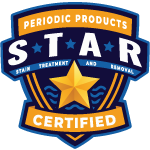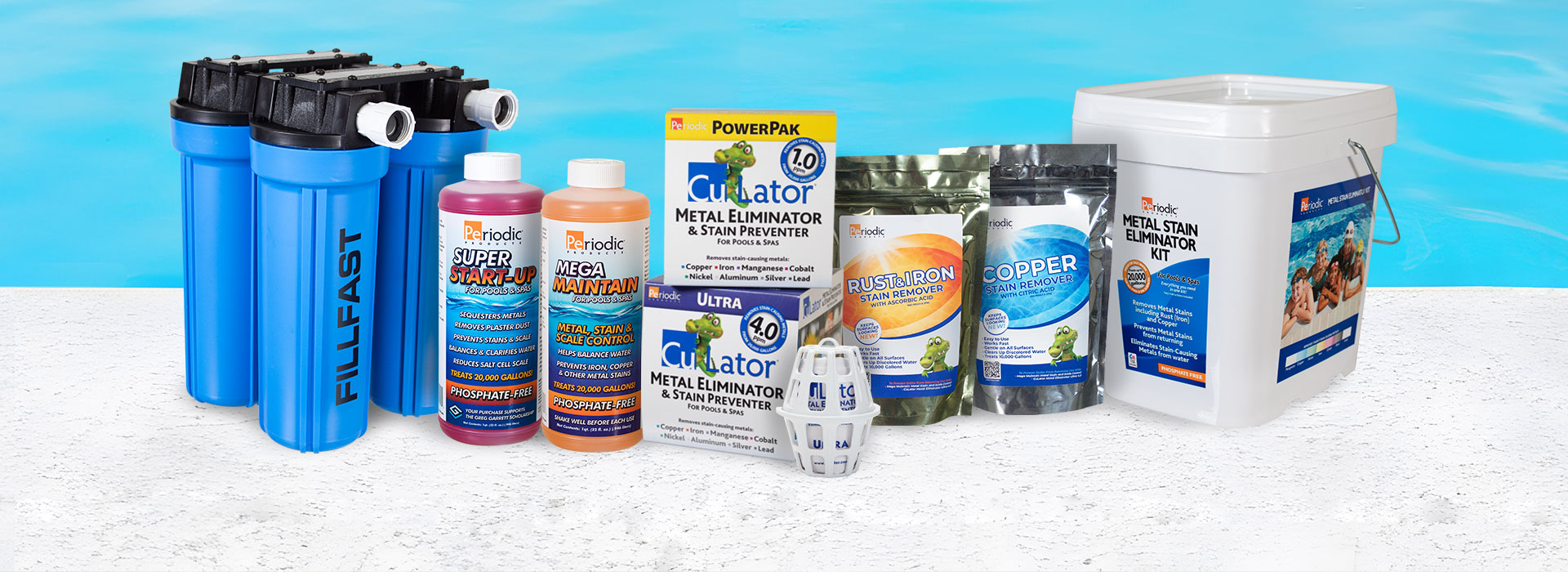TOP 10 CEMICALS NEEDED TO OPEN A SWIMMING POOL
When starting up a swimming pool in the spring, several chemicals are essential to ensure the water is clean, balanced, and safe for swimming. These chemicals play various roles in sanitizing the water, preventing algae growth, and maintaining the proper pH and alkalinity levels. Here are some of the key chemicals needed for starting up a swimming pool.
- Chlorine: Chlorine is the primary sanitizer used in pools to kill bacteria, viruses, and algae. When starting up a pool in the spring, it’s essential to shock the pool with a concentrated dose of chlorine to eliminate any contaminants that may have accumulated over the winter. You can use either granular chlorine, liquid chlorine, or chlorine shock products for this purpose. Once your pool is open, remember that the only safe swimming chlorine range is between 1-4 ppm.
- pH Increaser and Decreaser: pH is a measure of the acidity or alkalinity of the pool water. The ideal pH range for swimming pools is typically between 7.2 and 7.6. pH increaser (sodium carbonate or soda ash) is used to raise the pH level if it’s too low, while pH decreaser (sodium bisulfate or muriatic acid) is used to lower the pH if it’s too high. If your pH ever falls below 7.0, then your water is acid and will destroy all surfaces, and your equipment, including your heater.
- Alkalinity Increaser: Total alkalinity is a measure of the water’s ability to resist changes in pH. Proper alkalinity levels (typically between 80 and 120 ppm for liners and 100-125 for plaster) help stabilize the pH and prevent rapid fluctuations. Sodium bicarbonate (baking soda) is commonly used to increase alkalinity when necessary.
- Calcium Hardness Increaser: Calcium hardness refers to the concentration of calcium ions in the water. Maintaining the proper calcium hardness level (usually between 200 and 400 ppm) helps prevent corrosion of metal components and plaster surfaces, as well as scale formation. Calcium chloride is often used to increase calcium hardness in pool water. Be careful not to overuse calcium chloride as once the calcium is in the swimming pool water, there is no simple way to remove it.
- Algaecide: Algaecides are chemicals designed to prevent or control algae growth in the pool. Adding an algaecide during startup can help inhibit algae growth as the pool water warms up and becomes more conducive to algae development. Choose an algaecide appropriate for your pool type and follow the manufacturer’s instructions for dosage and application. Many algaecides contain copper, which works great, but be aware that if you choose a copper-based algaecide, you will need to use a CuLator Metal Eliminator to remove those ionic metals, or they can stain the swimming pool surfaces or turn your pool water colors.
- Stabilizer (Cyanuric Acid or CYA): Stabilizer helps protect chlorine from degradation due to UV sunlight exposure. Cyanuric acid is the most common stabilizer used in outdoor pools. Adding stabilizer during startup can help maintain chlorine effectiveness and reduce the need for frequent chlorine shock treatments. Be careful not to over-use Stabilizer, as there is no effective way to remove CYA from the swimming pool water. Try to always keep your CYA level between 30-50.
- Metal Sequestrant: Metal sequestrants are chemicals that bind to metals in the water, preventing them from causing staining or discoloration on pool surfaces. If your water source contains high levels of metals such as iron or copper, adding a metal sequestrant during startup can help prevent metal-related issues. We recommend starting up the pool with Super Start-Up or maintaining it with Mega Maintain.
- Metal Eliminator: Use a CuLator Metal Eliminator and Stain Preventer PowerPak 1.0 for pools under 20,000 gallons or a CuLator Ultra 4.0 for larger pools, pools on well water, or problem pools. Using CuLator is a great way to protect your pool and spa surfaces and equipment from stain-causing metals like rust, iron, copper, manganese, nickel, cobalt, silver, aluminum, and lead. The easiest way to control metals is with a CuLator Ultra 4.0 for the entire summer season.
- Clarifier: Clarifiers are chemicals that help improve water clarity by causing small particles to clump together, making them easier to remove through filtration. Adding a clarifier during startup can help clear up cloudy water and enhance overall water quality. However, this may not be necessary if your filters are clean or new.
- Sunscreen: This one is for you before you go into the pool, protect yourself from the sun’s harmful rays with sunscreen! A sunscreen’s sun protection factor (SPF) is only fully effective for two hours after you put it on, make sure to reapply!
Before adding any chemicals to your pool, it’s essential to test the water to determine its current chemical balance and identify any specific needs. Use a reliable pool water testing kit to measure pH, alkalinity, calcium hardness, chlorine levels, and other parameters. Follow the manufacturer’s instructions for each chemical product, and always wear appropriate safety gear when handling pool chemicals. By properly balancing and treating your pool water at startup, you can ensure a clean, clear, and safe swimming environment for the season ahead. Using this Range Based Balanced Pool Water Guide will help you identify how to correct your pool chemicals.








